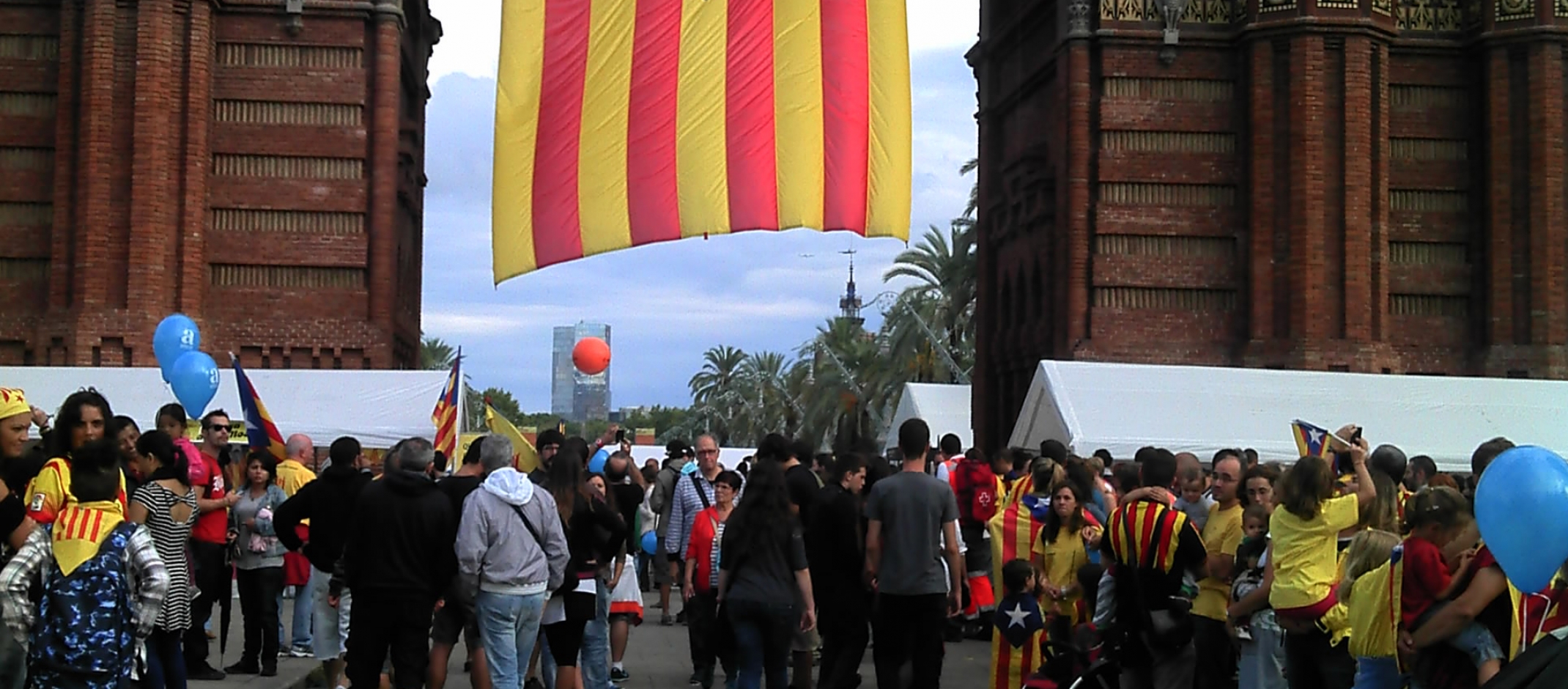Migration: threat or opportunity?

International immigration began relatively late in Catalonia and South Tyrol. In the 1990s, Spain and Italy, historically countries of emigration, became destinations for immigrants. In both regions, those who came had lower levels of education than the local population, and rather distant cultural backgrounds – the largest groups were Moroccans in Catalonia and Albanians in South Tyrol. By the time the study was conducted, 15 % of the population in Catalonia had foreign roots, compared to 8 % in South Tyrol. Yet, the two regions differ greatly in their acceptance of immigration.
Catalonia suffered much more from the financial crisis and continues to struggle with economic challenges. Nonetheless, Catalan political elites are very welcoming of immigrants. By contrast, South Tyrol was not overly affected by the financial crisis and enjoys almost full employment. As a result, the region needs immigration from a labour market perspective. However, many politicians in South Tyrol still stick to the message: "We have already had enough immigration, and we don't need any more". This is surprising, because the economic situation would lead us to expect the opposite. How can we explain this?
"Equal treatment for all" or "locals first"?
Political scientist Christina Zuber analyzes parliamentary debates in both regional parliaments: How do politicians talk about migration? Is it portrayed as a threat or an opportunity? She also examines documents about integration policy measures, especially regional laws on integration. In addition, she interviews representatives of different parties and regional bureaucrats.
The integration policies adopted by both regions are generally very similar. However, where they differ, South Tyrol exhibits the principle "locals first". For example, integration legislation from 2011 determines that migrants must live in the area for at least five years before they can receive certain rights that locals enjoy. By contrast, in Catalonia, the policy goal is to treat migrants equally from the moment of arrival onwards, or to provide them with particular support.
"Through my project, I also learned that the way in which you communicate a policy matters a great deal", Christina Zuber says. For example, requiring immigrants to take part in language courses could either be framed as a tool ('Here's an opportunity to foster your participation in society') or as an obligation ('If you don't integrate, we will deport you'). In both cases, the goal is for immigrants to learn the local language, but the messages are very different.
The regions differ even more markedly in their discourse on migration, says Christina Zuber:

"I continue to be impressed by the fact that, in Catalonia, I could not find a single statement that frames immigration as a threat in any of the parliamentary debates on the regional integration law".
Christina Zuber
The historical dimension
Something else struck the researcher, both in the parliamentary debates as well as in her interviews. Very often, the regions’ historical experience with migration was discussed.
"This was interesting because I never asked explicitly about this topic: In South Tyrol, people kept making statements like: 'We have already had so much migration; we were virtually overrun by Italians. That only caused problems for us'".
Christina Zuber
Zuber's interviewees in Catalonia also brought up their historical experiences with migration, but interpreted them very differently: "This is something we can do! We have successfully integrated all the Spaniards, and this is how we increased the Catalan population by several million people". Essentially, the dominant perception is that the demographic explosion helped the region gain greater momentum.
Christina Zuber had a look at historical documents from the period of internal migration, which took place in both regions between the 1920s and the 1970s, and concluded: At that time, economic and demographic situations in both regions clearly correlated with whether migration was perceived as an opportunity or a threat.
© Christina ZuberThe exhibition 7.5 Million Futures in Barcelona (2019) was about how millions of internal and international migrants have shaped Catalonia.
Internal migration in Spain and Italy
Mussolini forcibly industrialized the historically agrarian region of South Tyrol. Industrialists from Lombardy set up their companies around Bolzano and brought highly skilled Italian employees with them. German-speakers maintained their position as "poor farmers from the countryside". They worked in a declining sector of the economy with no great prospects for the future, while internal Italian migrants held leadership positions in the public and industrial sectors.
In stark contrast, Catalonia was an avant-garde region of Spanish industrialization. Migrants came to Catalonia from different regions of Spain and took up low-skilled jobs, while the industrial elite itself was Catalan – even during the Franco period. The understanding at the time was: "Migration is good for our economy, and if migrants adopt our Catalan culture, we benefit in two ways". "After Franco's death, Catalan elites intentionally redefined Catalan identity", Christina Zuber explains.
"It was no longer determined by ancestry but instead by the willingness to become Catalan and to learn the language. Since learning Catalan gave the children of Spanish migrants a chance at upward mobility, there were strong incentives to do so".
Christina Zuber
The politicians from that period are no longer in power, neither in Catalonia nor in South Tyrol. How is it, then, that these old, historically rooted ideas could become so entrenched that they still influence the current politics of migration?
Ideational legacies
"Ideas can become legacies when there is a consensus among the elites about how to discuss a particular problem. This means that there is a consistent message like 'Migration is an opportunity for our region'", the political scientist explains. "The next step is to rhetorically link this idea to the meaning of national identity: 'We are Catalans, a nation of migrants, and we have always benefited from this energy'. A narrative develops that it is only through migration that the nation has become what it is today". In this way, the message becomes part of the national identity. The more often the idea is repeated, and the more widely it is shared, the more difficult it is to resist such ideas later on, Christina Zuber says. This is because by arguing against a concrete political solution, you end up attacking a corresponding notion of national identity. The same mechanism also applies in South Tyrol, but with a different message.
But what happens when ideational legacies conflict with current needs? In the last part of the interview that is published in the follow-up articles linked below, Christina Zuber explains how it could be possible to escape the influence of old ideas.
About Christina Zuber: In 2015, Christina Zuber was appointed as junior professor for German politics and public administration at the University of Konstanz (tenure track), where she has been a professor of German politics since 2021.
Header Image: La Diada, the Catalan national holiday. Copyright: Christina Zuber
Marion Voigtmann
Verwandte Artikel:




